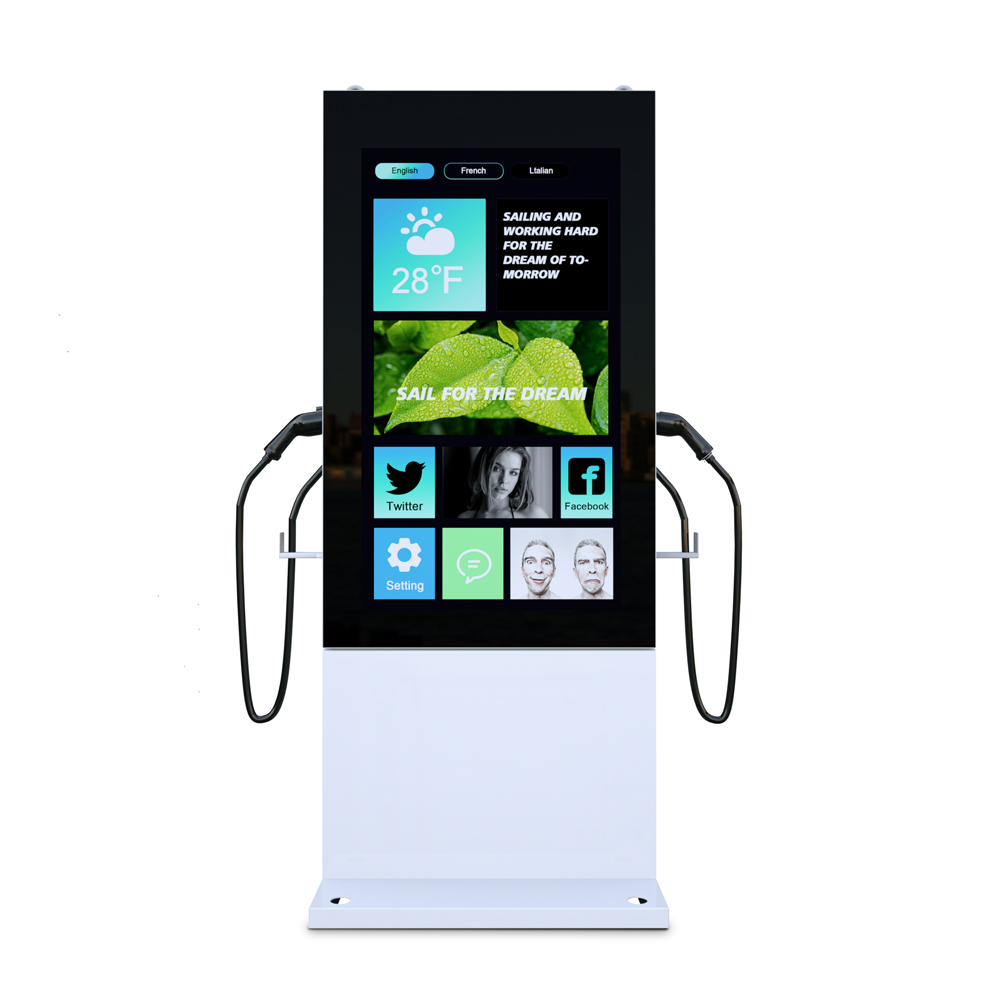Eco-Friendly Advertising: Evaluating the Energy Efficiency of Outdoor LCD Displays
Eco-Friendly Advertising: Evaluating the Energy Efficiency of Outdoor LCD Displays
In an era where climate change and environmental conservation are key concerns, businesses are increasingly looking for ways to reduce their carbon footprints. One area where significant strides have been made is in digital signage, particularly outdoor LCD displays. This article examines the energy efficiency of these displays and their role in eco-friendly advertising.
Lower Energy Consumption
Modern outdoor LCD displays are designed with energy efficiency in mind. These displays often use LED backlighting, which consumes less energy than traditional CCFL (Cold Cathode Fluorescent Lamp) backlighting. Additionally, they often feature technologies like automatic brightness control, which adjusts the screen brightness according to ambient light conditions, further saving energy.
Longer Lifespan
The longevity of outdoor LCD displays also contributes to their eco-friendliness. Compared with traditional signage or older digital displays, LCD displays generally have a longer lifespan, reducing the frequency of replacements. Fewer replacements mean less manufacturing, transportation, and disposal of old units, all of which can have a significant environmental impact.
Recyclable Materials
Many outdoor LCD displays are made with recyclable materials, which further reduces their environmental impact. When a display reaches the end of its lifespan, many of its components can be recycled or repurposed, reducing the amount of waste that goes to landfills.
Reduced Paper Waste
Before the advent of digital signage, businesses relied heavily on paper posters and billboards for outdoor advertising. Switching to digital signage eliminates the need for paper, reducing deforestation and waste associated with traditional printed advertising.
Eco-Friendly Practices
Manufacturers of outdoor LCD displays are also adopting more eco-friendly practices. This includes the use of energy-efficient manufacturing processes, reduction of harmful emissions during production, and the implementation of take-back programs for end-of-life products.
To conclude, while outdoor LCD displays do consume energy, advancements in technology and conscious efforts from manufacturers have significantly improved their energy efficiency. This, combined with their longevity, the use of recyclable materials, and reduced paper waste, make them a viable option for businesses looking to adopt more eco-friendly advertising practices. However, it's important to note that the true environmental impact of these displays can vary based on factors like their exact specifications, usage patterns, and the energy sources used to power them.

